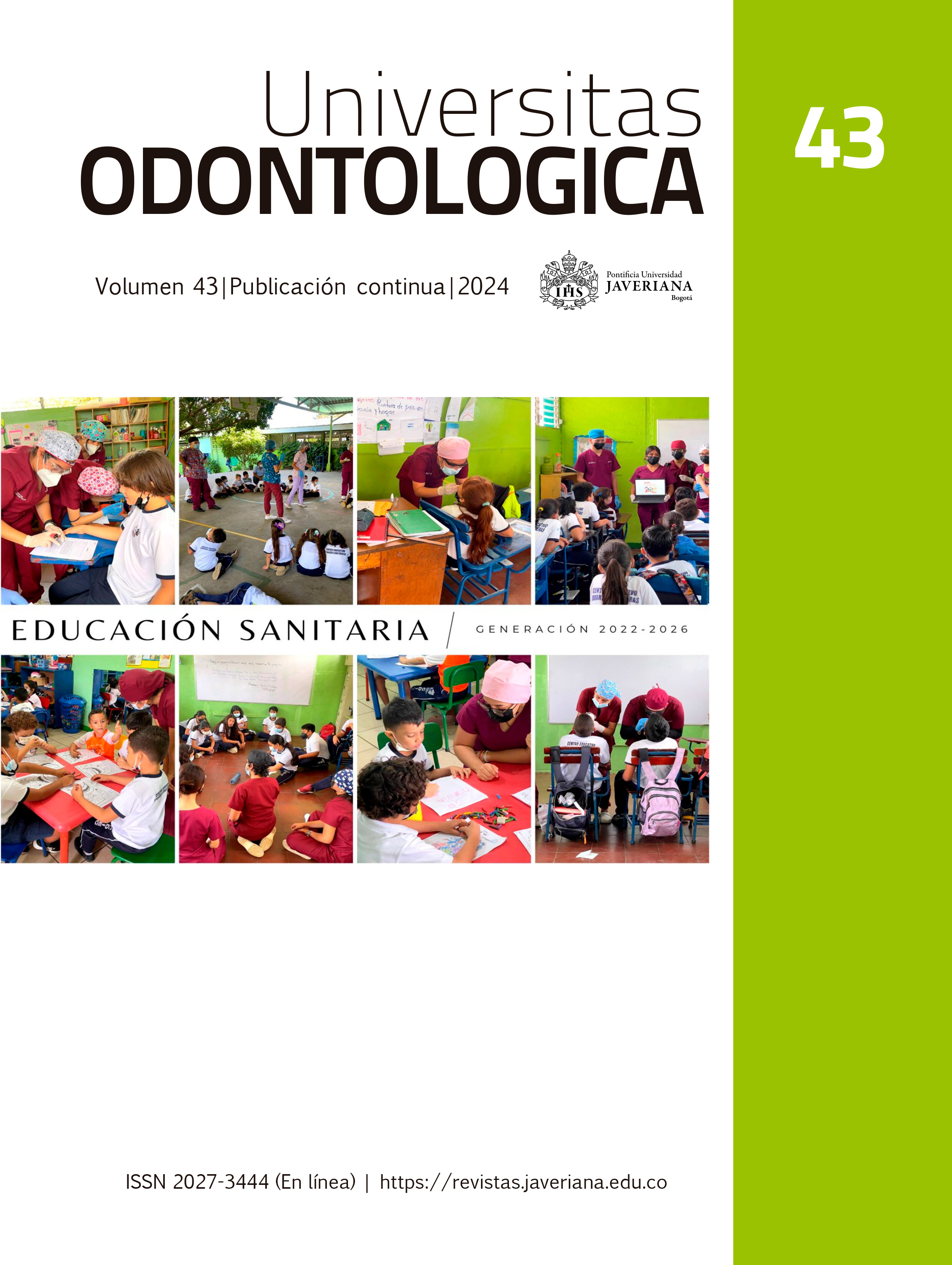Abstract
Abstract:
Introduction: Cone Beam Computed Tomography is one of the diagnostic imaging studies of the maxillofacial complex that provides greater clarity, as well as precision when observing structures abroad, using X-rays to obtain images. Therefore, through this the different pathologies that affect the bone components of the area can be visualized, thus observing the degenerative diseases of the temporomandibular joint. Objective: to determine the efficacy of cone beam computed tomography in the visualization of degenerative disease of the temporomandibular joint in a 54-year-old female patient. Materials and methods: The present case study consists of an investigation, using the technical sample technique of qualitative study, of descriptive analysis. Results and Conclusion: According to the tomographic report, it is expressed in the results; Discreet flattening, cortical erosion of joint surfaces, decreased joint space. Cone beam computed tomography is a first-choice diagnostic imaging method when there are problems with the structures outside the stomatognathic system, due to its lower cost and radiation dose compared to computed tomography, obtaining thus high-quality tomographic cuts in the different planes of the human body.

This work is licensed under a Creative Commons Attribution 4.0 International License.
Copyright (c) 2024 Rebeca Durán Mejía, David Orlando Calvopiña Nogales, Stephanie Marie Jaramillo Chagerben, Edgar Humberto Güiza Cristancho, Oscar de León Rodríguez, Adriana Rodríguez Ciódaro



